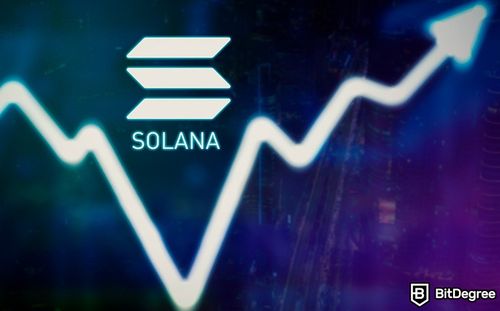This situation proves that there are always two sides to a story.
One of the most popular proof-of-stake blockchains, Solana, seems to be using the lowest magnitude of electricity.
The research that showed these results was aimed at the impact of cryptocurrencies on the environment. It calculated the exact amount of electricity consumption as well as carbon trace of the biggest proof-of-stake blockchains.

Did you know?
Want to get smarter & wealthier with crypto?
Subscribe - We publish new crypto explainer videos every week!
What Does Staking Mean in Crypto? (Easily Explained!)


The electricity consumption of any system has no direct environmental impact, as mere usage does not cause any harm. However, the indirect impacts due to the carbon intensity of the underlying energy sources used for electricity consumption do cause damage to the environment and need to be considered for sustainable business operations.
They start by looking at proof-of-stake systems and their hardware requirements. They then calculate a single node's electricity consumption and offer upper and lower bounds for the networks.
They measure the total network's power usage in the third phase. Finally, they examine more data to develop metrics and investigate transaction throughput energy efficiency.
It is common that global financial regulations use PoW’s high energy consumption rates as a reason to ban cryptocurrencies like Bitcoin or Ethereum. However, traditional banking systems are supposedly consuming way more energy than the entire Bitcoin network. Keeping that in mind, they also might want to ban global banks.
To be exact, the proof-of-work mining mechanism needs additional energy from miners to validate transactions. Proof-of-stake blockchains depend on users locking up tokens, making this mechanism more energy efficient.
The analyzed networks in the report were - Solana, Cardano, Avalanche, Polkadot, Algorad, and Tezos.
The findings revealed that Solana is supposedly the most environmentally-friendly proof-of-stake protocol, in terms of energy that is used when doing a transaction, compared to other networks. Cardano, on the other hand, consumes the biggest magnitude of energy (52Wh). But not if we were to talk about “per-node” comparison.
The CCRI revealed that Cardano, in fact, uses the least amount of energy per node.
As a result, Solana does show low energy consumption per transaction, however, due to the network’s usage compared to other proof-of-stake networks, it still does consume a lot of energy overall.

Solana has $2.9 billion in daily trading volumes and secures the name of the most-traded proof-of-stake protocol.






















